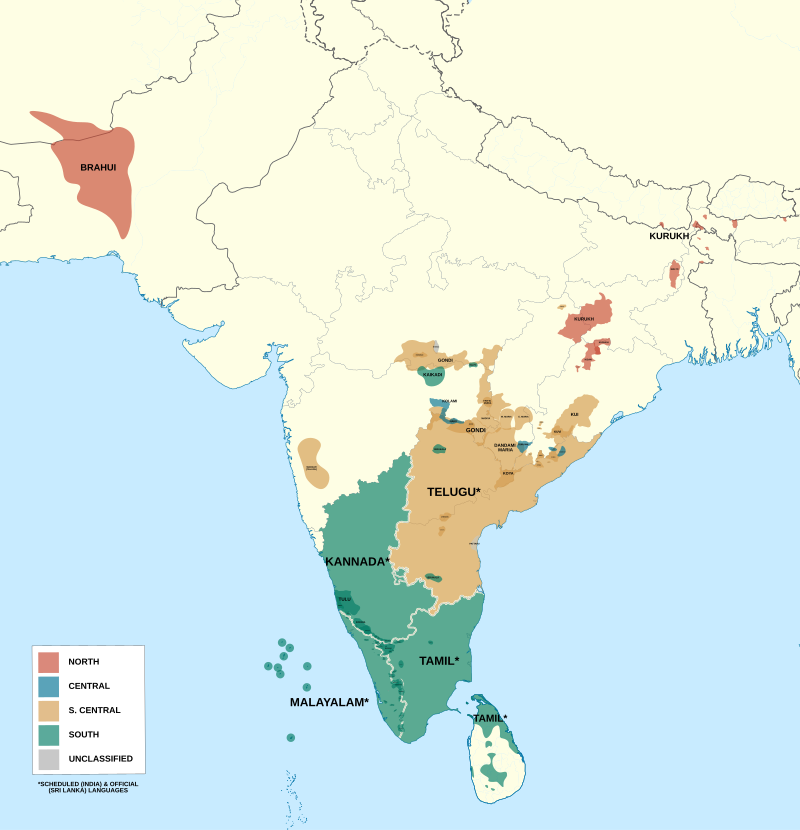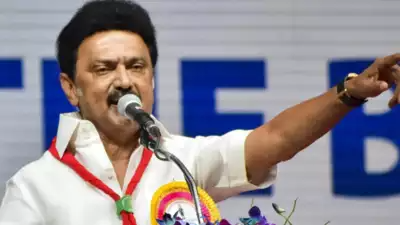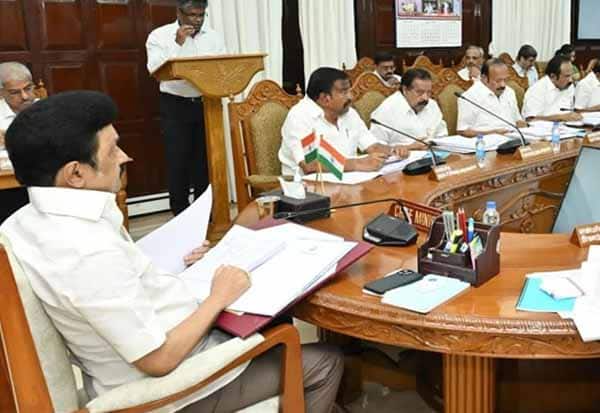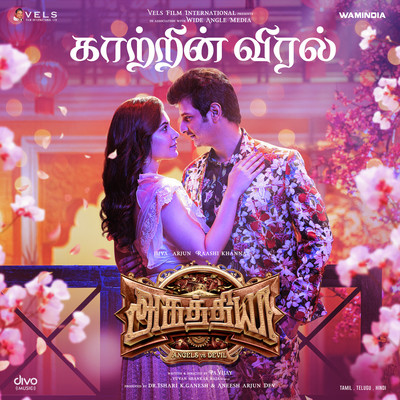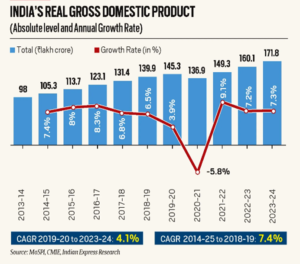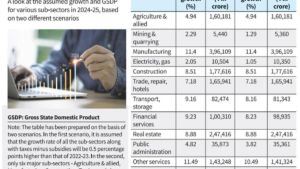During the Lower Palaeolithic period, pre-modern humans primarily inhabited areas near river valleys with sparse forests or grassland environments. With a low population density, only two sites of this early culture have been identified in South India. Homo erectus, the pre-modern human species in the region, lived through this early phase of the Stone Age for an extended period. They relied on basic tools like hand axes and choppers and survived as hunter-gatherers.
The three ancient Tamil dynasties—Chera, Chola, and Pandya—had deep historical roots, ruling over the region with a distinct culture and language that contributed to some of the world’s oldest surviving literature. These dynasties frequently engaged in power struggles for dominance. However, in the 3rd century, the Kalabhras disrupted the traditional rule, displacing these kingdoms. The Pandyas and Pallavas eventually overthrew the Kalabhras and reinstated the dynastic order.
By the 9th century, the Cholas re-emerged as a dominant force, defeating both the Pallavas and Pandyas. Their empire expanded across southern India and reached its peak, covering approximately 3.6 million km², with their naval power extending influence over the Sri Vijaya kingdom in Southeast Asia.
The 14th century saw significant political shifts with the decline of these dynasties and the arrival of Muslim incursions from the northwest. The Vijayanagara Empire then established control over the region until the 16th century, followed by the Marathas in the 17th and 18th centuries, who expanded their influence into northern Tamil Nadu.
In the late 18th century, the British took direct control, forming the Madras Presidency, which encompassed much of southern India. After India’s independence, the Telugu- and Malayalam-speaking regions were separated from the Madras state in 1956. On January 14, 1969, the state was officially renamed Tamil Nadu, marking the modern identity of the region.
Quick Read: Key Historical Events in Tamil History
📌 Ancient Tamil Dynasties (Before 3rd Century CE)
- The Chera, Chola, and Pandya dynasties ruled over Tamilakam, contributing to Tamil culture, trade, and literature.
- Sangam literature flourished, documenting early Tamil society, kings, and traditions.
📌 Kalabhra Interregnum (3rd–6th Century CE)
- The Kalabhras invaded Tamil Nadu, disrupting traditional Tamil dynasties.
- The period saw a decline in Hindu dynasties but growth in Buddhism and Jainism.
📌 Resurgence of Pandyas & Pallavas (6th–9th Century CE)
- The Pandyas and Pallavas overthrew the Kalabhras and restored Tamil rule.
- The Pallavas, based in Kanchipuram, were known for their magnificent temple architecture (e.g., Mahabalipuram).
📌 Rise of the Chola Empire (9th–13th Century CE)
- The Cholas re-emerged, defeating both Pandyas and Pallavas.
- Under Raja Raja Chola I and Rajendra Chola I, the empire expanded across South India and even Sri Lanka & Southeast Asia.
- The Chola navy dominated the Indian Ocean trade.
📌 Pandya Revival & Muslim Invasions (13th–14th Century CE)
- The Pandyas regained control after Chola decline but faced invasions from the Delhi Sultanate (Malik Kafur’s raid in 1311 CE).
- The Madurai Sultanate briefly ruled before being overthrown.
📌 Vijayanagara Rule (14th–16th Century CE)
- The Vijayanagara Empire defeated the Madurai Sultanate and ruled Tamil Nadu, promoting Hinduism and temple construction.
- Krishnadevaraya played a key role in stabilizing the region.
📌 Nayak & Maratha Rule (16th–18th Century CE)
- The empire’s decline led to the rise of local Nayak rulers in Madurai, Thanjavur, and Gingee.
- The Marathas took control of Thanjavur in the 17th century.
📌 British Colonial Rule (18th–20th Century CE)
- The British established the Madras Presidency, controlling Tamil Nadu and much of South India.
- Tamil Nadu played a crucial role in India’s freedom movement, with leaders like Subramania Bharati and V.O. Chidambaram Pillai.
📌 Formation of Tamil Nadu (Post-1947)
- After India’s independence (1947), the Madras State was reorganized.
- In 1956, Telugu- and Malayalam-speaking regions were separated.
- On January 14, 1969, the state was renamed Tamil Nadu, meaning “Land of Tamils.”

